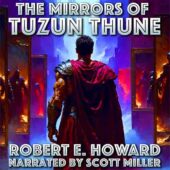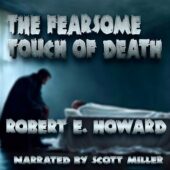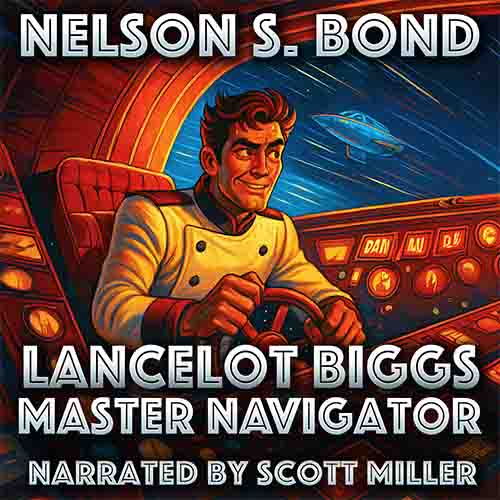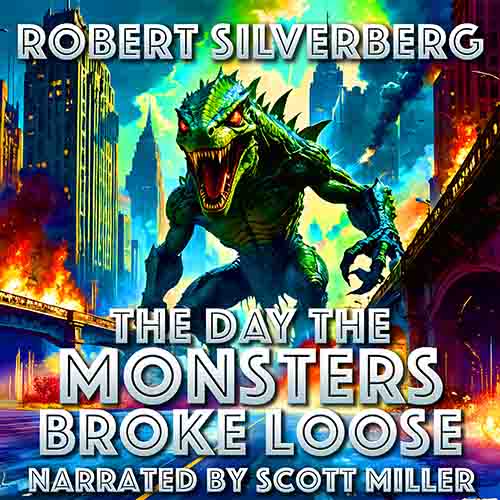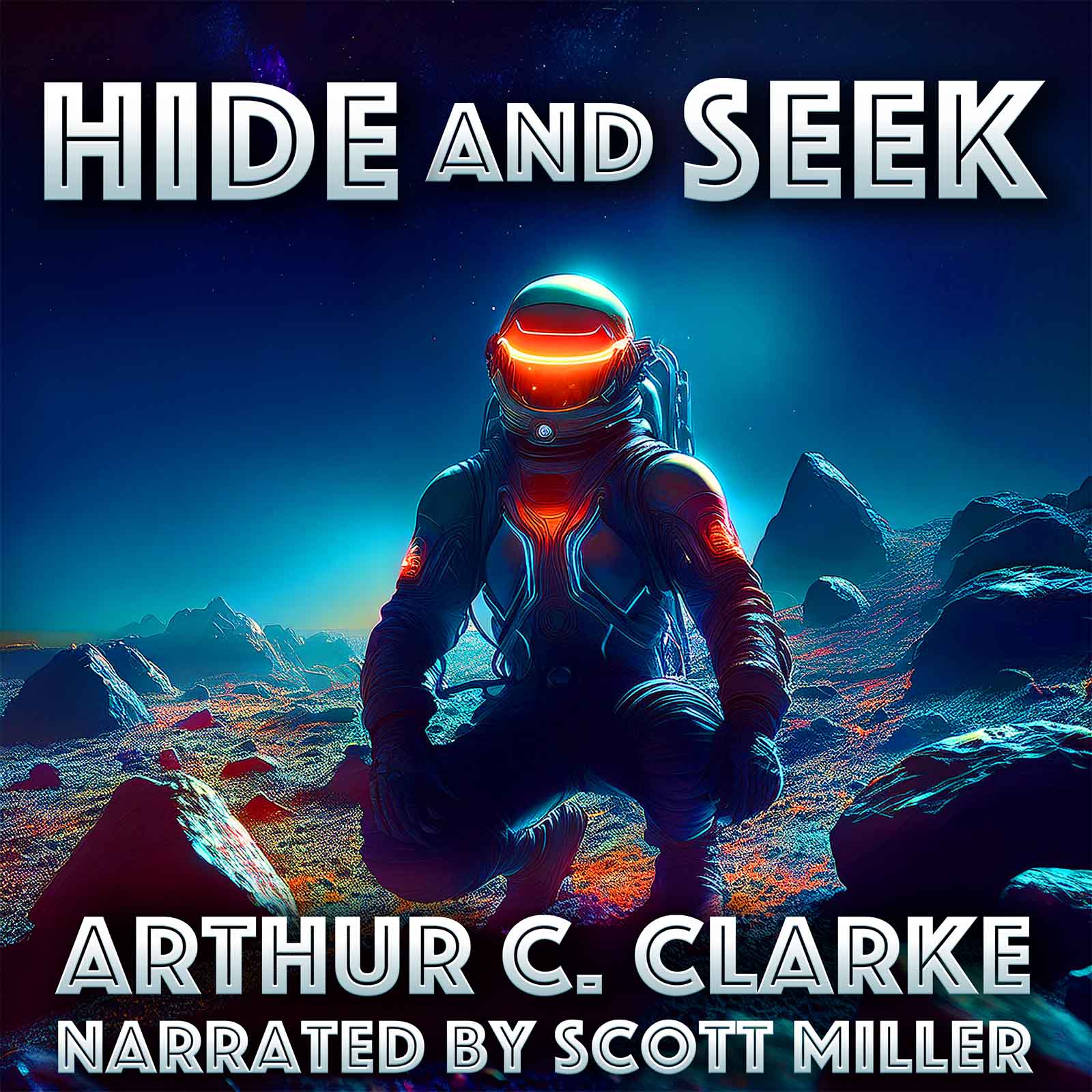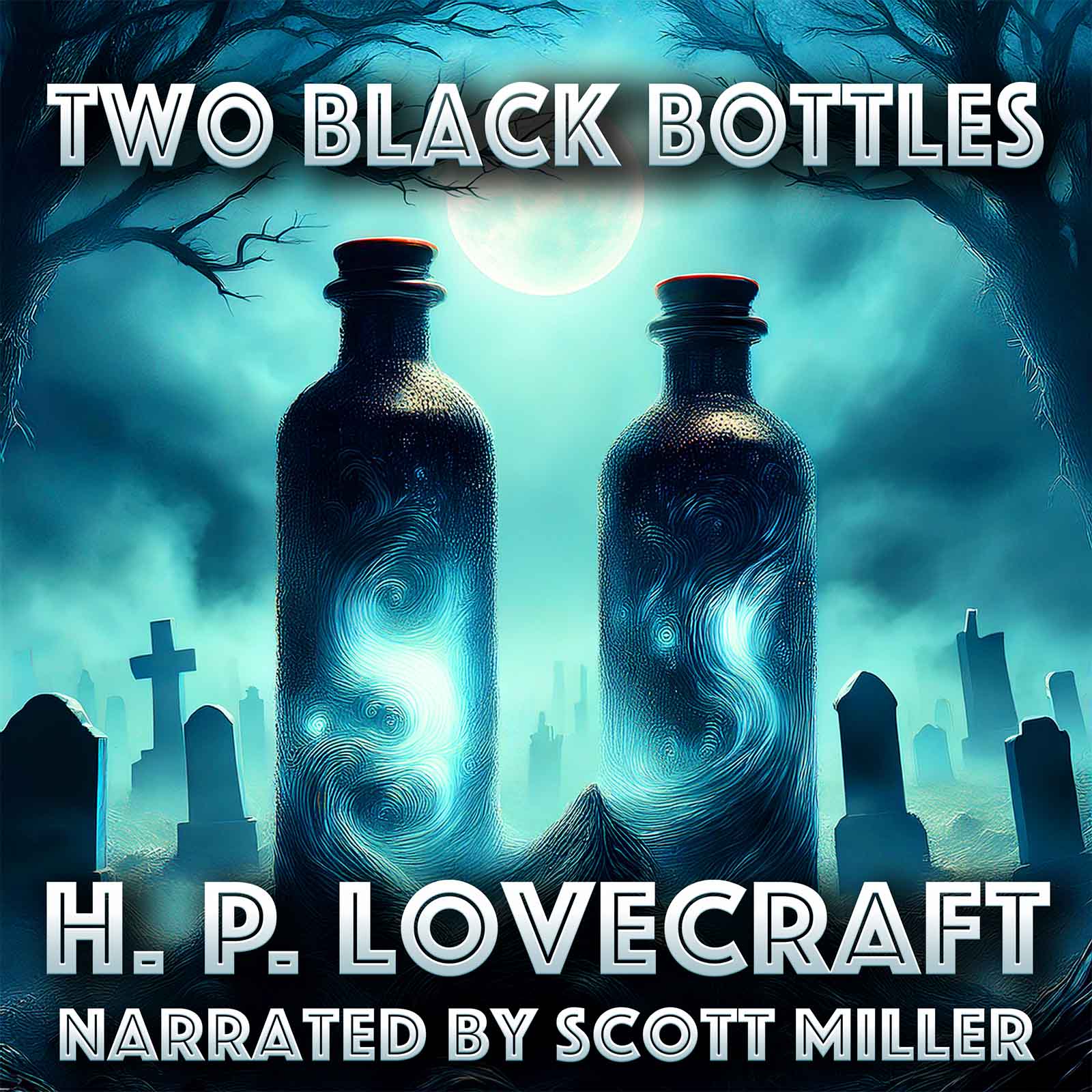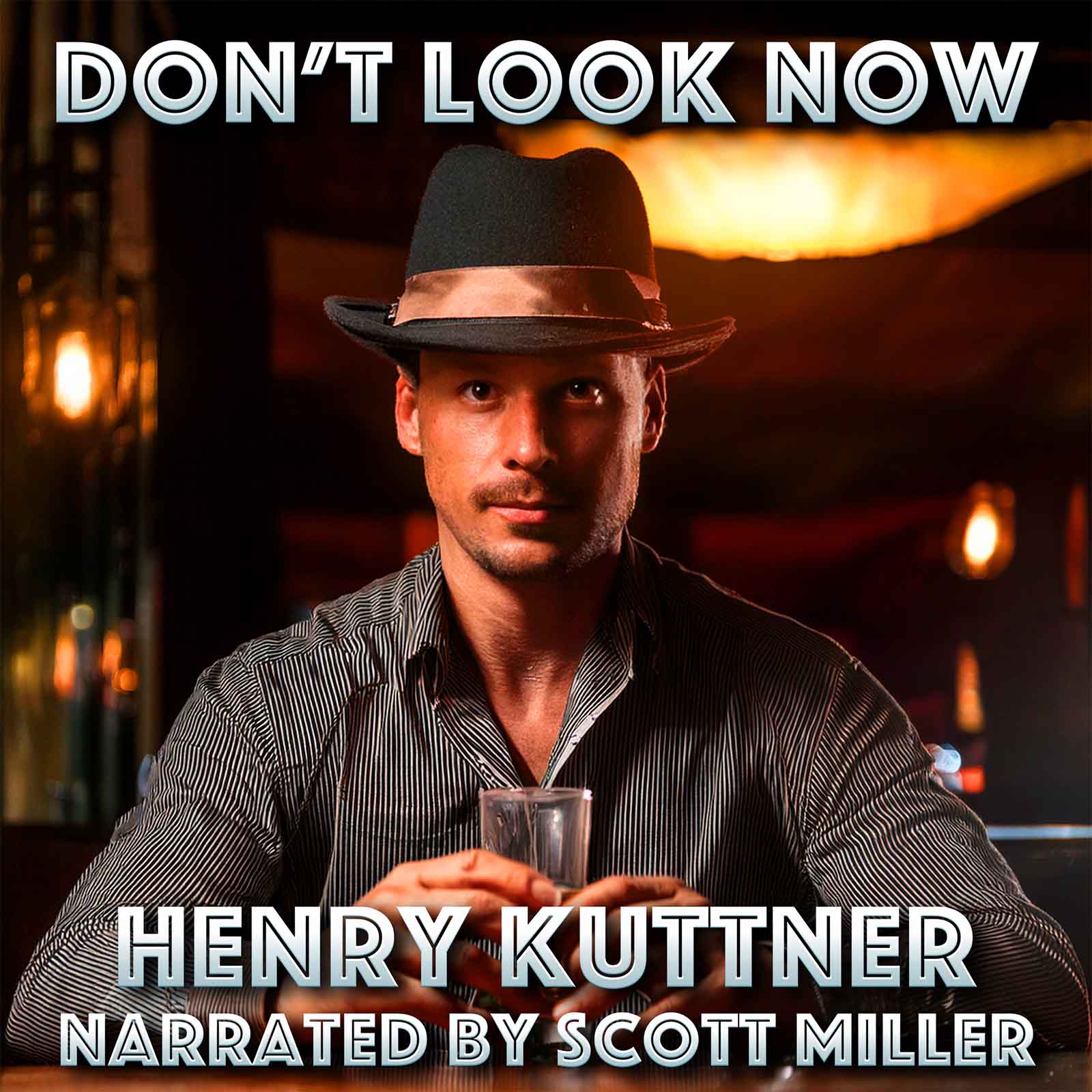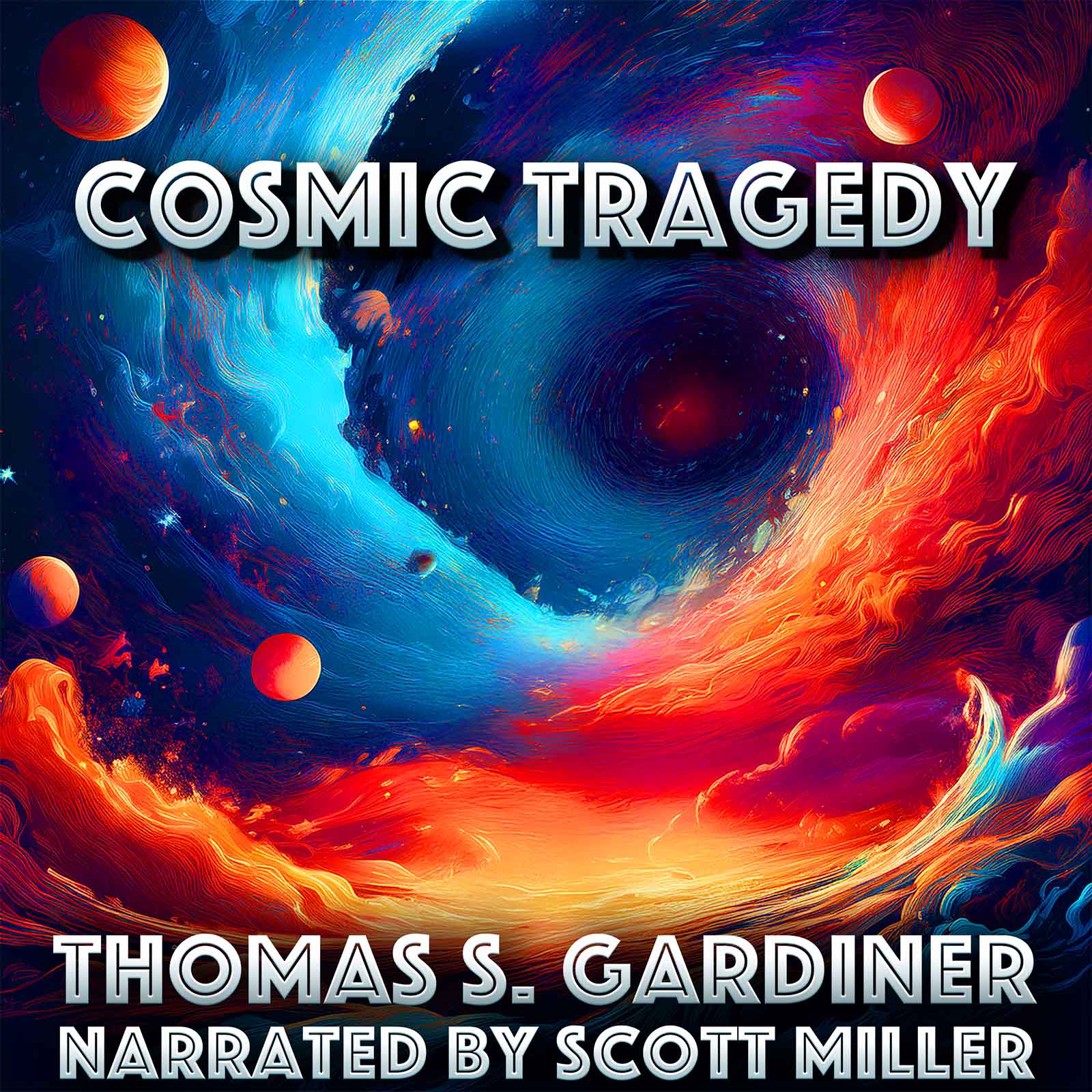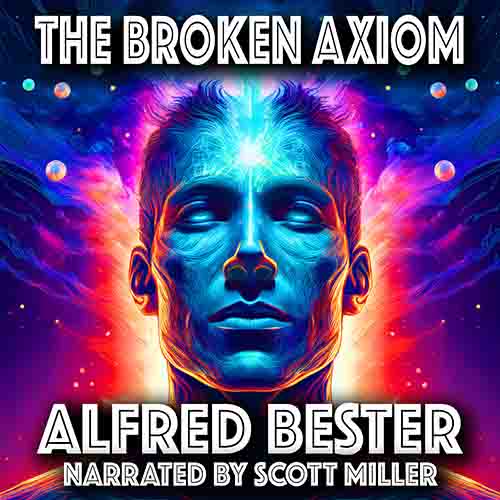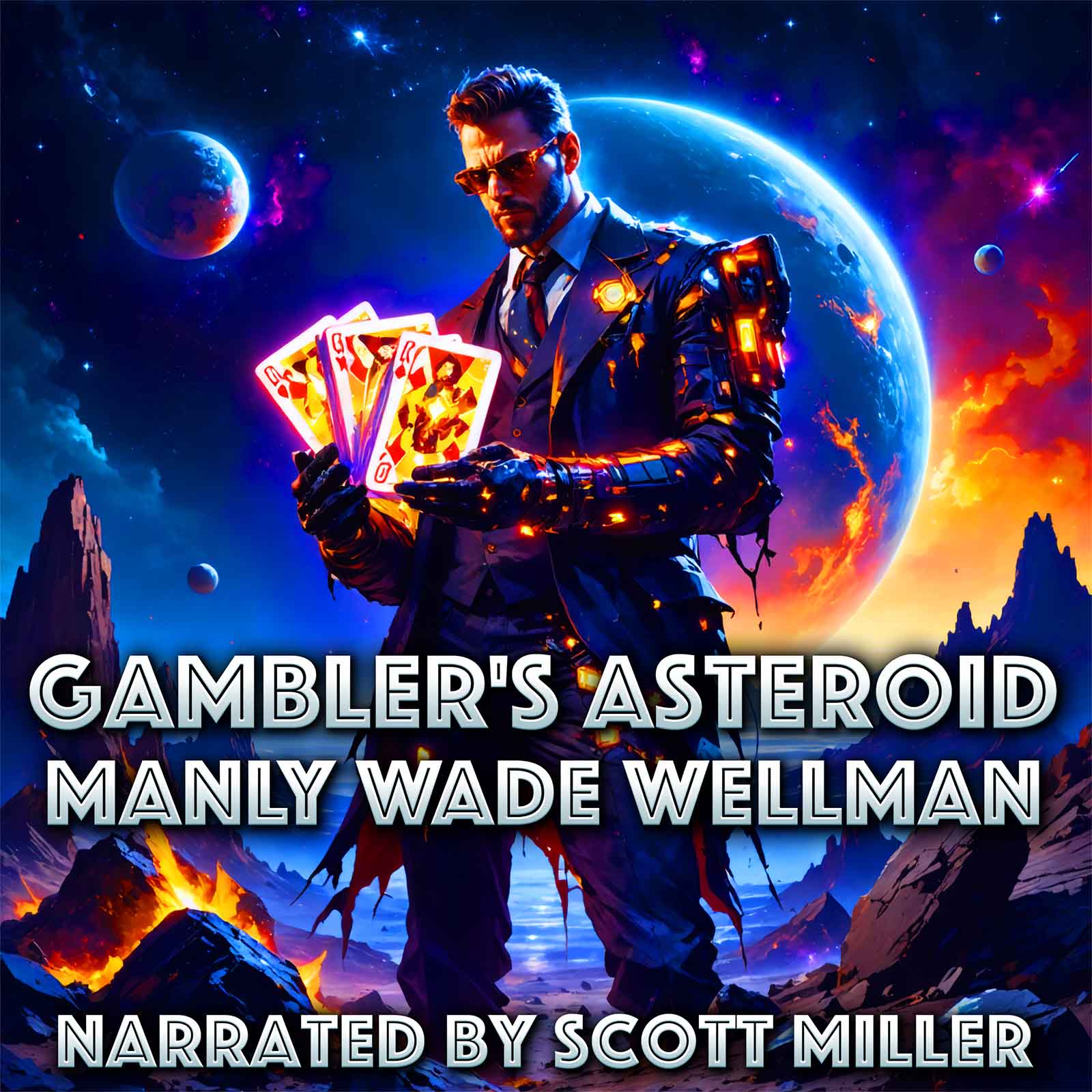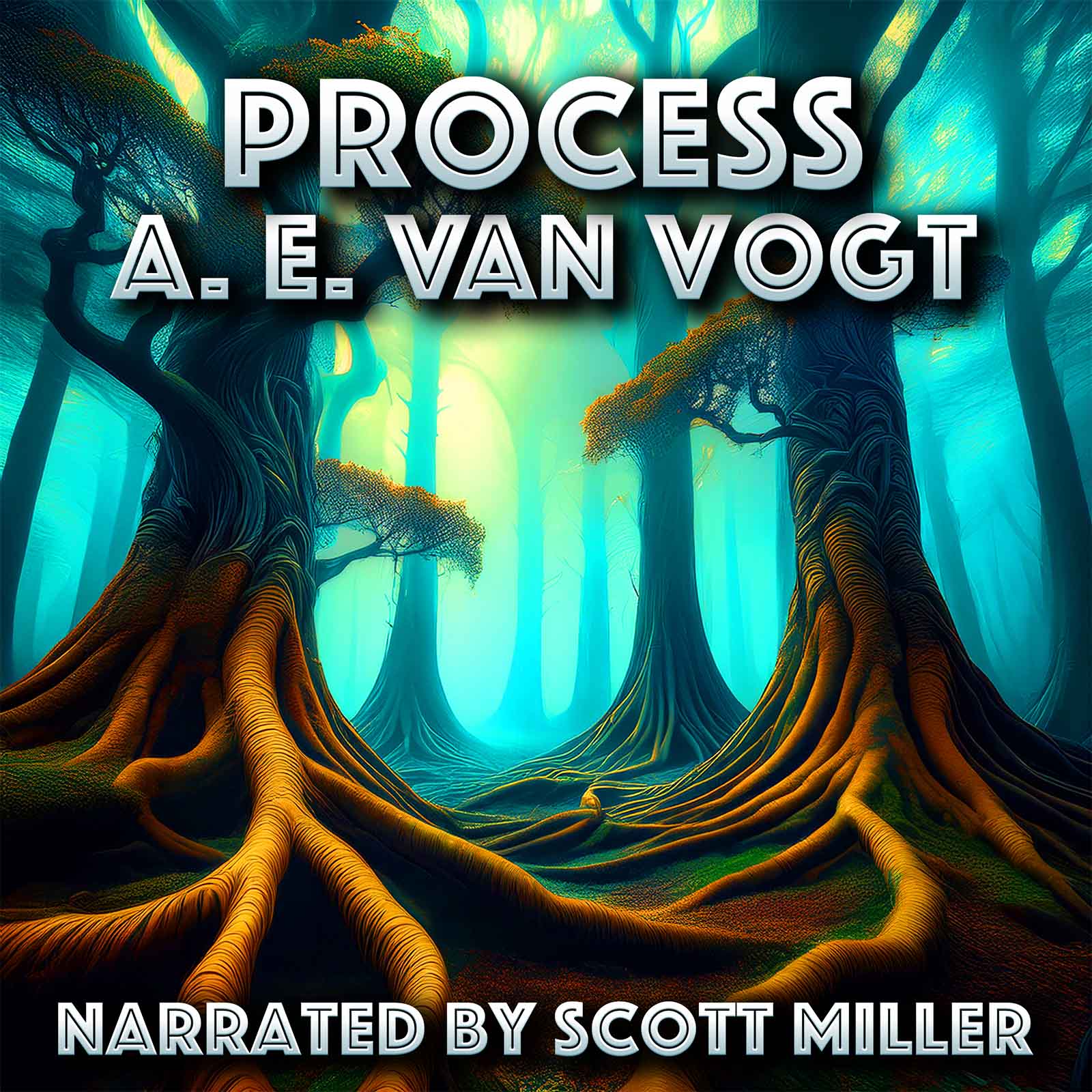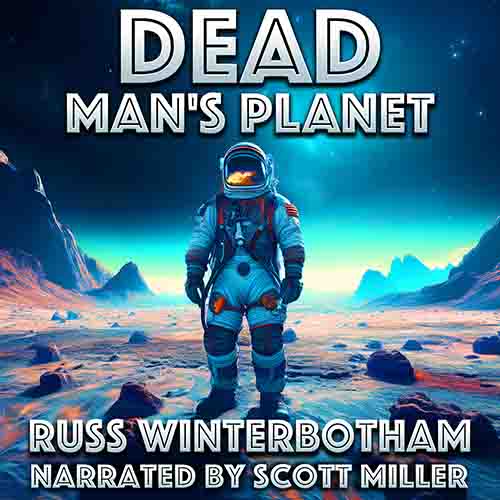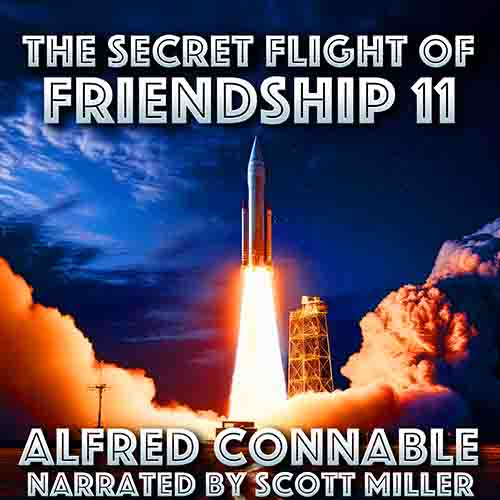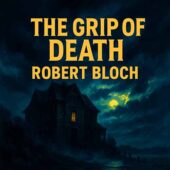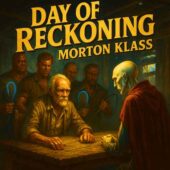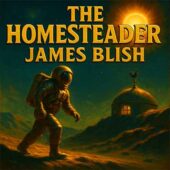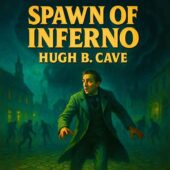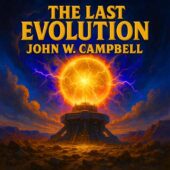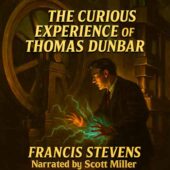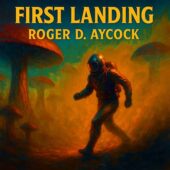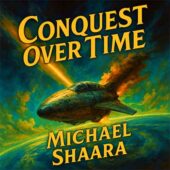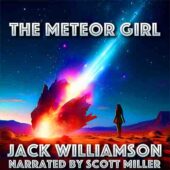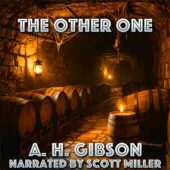Robert E. Howard
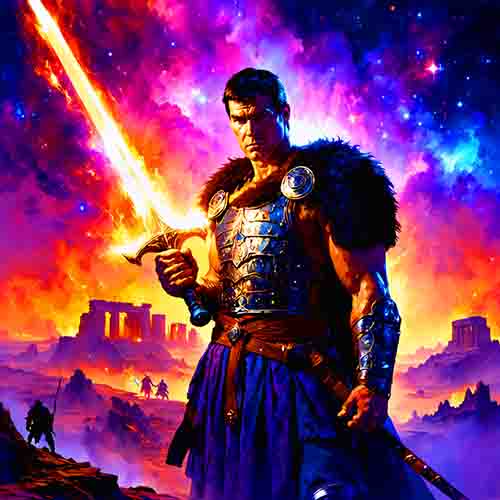
Biography
Robert E. Howard (1906–1936) was an American author best known as the creator of Conan the Barbarian and as one of the founding figures of the sword-and-sorcery subgenre. A master of pulp storytelling, Howard also wrote extensively in historical adventure, horror, westerns, and boxing tales, producing an astonishingly diverse and energetic body of work in his short lifetime. His stories, first published in Weird Tales and other pulp magazines of the 1920s and 1930s, helped shape modern fantasy and influenced countless writers, artists, and filmmakers.
Born in Peaster, Texas, and raised in the oil boomtowns of the Southwest, Howard grew up in a rough, hardscrabble environment that profoundly influenced his worldview. From an early age, he was drawn to history, myth, and heroic tales, and he poured his passions into storytelling. By his teens, he was writing seriously, and in 1924 he sold his first professional story, “Spear and Fang,” to Weird Tales.
Howard quickly established himself as a central contributor to Weird Tales, alongside H. P. Lovecraft and Clark Ashton Smith. His stories were distinguished by their muscular prose, brooding heroes, and a sense of violent energy and dark beauty. Among his many creations were Solomon Kane, the Puritan adventurer; King Kull, the Atlantean monarch; Bran Mak Morn, the doomed Pictish chieftain; and most famously, Conan the Barbarian. Conan’s debut in “The Phoenix on the Sword” (1932) launched a cycle of tales that would cement Howard’s reputation and spawn a multimedia empire long after his death.
Howard also contributed significantly to the shared mythos of cosmic horror pioneered by Lovecraft. His tales often featured ancient civilizations, sinister cults, and monstrous beings lurking beyond human comprehension. Yet where Lovecraft emphasized cosmic despair, Howard injected defiance, vitality, and the will to fight against overwhelming odds.
One of Howard’s most intriguing early works is “The Dream Snake,” first published in Weird Tales in 1928. Though not a Conan story, this short piece demonstrates his gift for atmosphere and psychological unease. It tells of a man haunted by dreams of a venomous serpent, a vision so vivid and terrifying it begins to blur the line between dream and reality. While less action-oriented than his more famous sword-and-sorcery tales, “The Dream Snake” reveals Howard’s fascination with nightmares, fear, and the primal imagery of the subconscious. It remains a strong example of his early horror and fantasy writing, bridging the gothic and the weird.
Though remembered for fantasy, Howard wrote prolifically across genres. His boxing stories, especially those featuring the humorous sailor Steve Costigan, were enormously popular in sports pulps. He also wrote westerns, historical adventures, and detective fiction, showcasing a versatility rare among pulp writers. Across all genres, his themes of strength, survival, and honor resonated with readers.
Howard’s personal life was often troubled. He lived most of his life in Cross Plains, Texas, where he supported himself as a pulp writer. He was deeply devoted to his mother, Hester, who suffered from long-term illness. When she fell into a final coma in 1936, Howard, overwhelmed with despair, took his own life at the age of 30. His death cut short a brilliant career just as it was reaching its peak.
Despite his brief life, Howard’s influence has been immense. His stories of Conan were collected and expanded posthumously, sparking revivals in the 1960s and 1970s that led to comic books, films, and role-playing games. Today, Conan stands as one of the most iconic figures in fantasy literature. Howard’s work also helped define the sword-and-sorcery genre, inspiring writers like Michael Moorcock, Fritz Leiber, and later generations of fantasy authors.
Beyond Conan, stories such as “The Dream Snake,” “The Black Stone,” and “Worms of the Earth” continue to be praised for their atmosphere, imagination, and vivid prose. His unique blend of historical fascination, mythic resonance, and pulp vigor carved out a style that remains immediately recognizable.
Howard’s reputation has only grown since his death. He is celebrated as one of the great pulp stylists, admired for his ability to bring ancient worlds and primal emotions to life with thunderous energy. His works are studied not only as entertainment but also as cultural artifacts that reflect the anxieties, aspirations, and myth-making spirit of early 20th-century America.
Legacy: Robert E. Howard’s legacy lies in his ability to create enduring characters and settings that transcend their pulp origins. Conan the Barbarian became a cultural phenomenon, shaping fantasy literature, comics, and cinema. At the same time, smaller works like “The Dream Snake” reveal the breadth of his imagination and his ability to evoke terror and unease with as much force as he conjured battle and adventure. Howard’s stories endure because they tap into something elemental: the struggle against fear, fate, and the unknown, fought with courage and fire.
Though his life was tragically short, Howard remains one of the titans of speculative fiction. His influence can be seen in everything from modern epic fantasy to horror films to video games, ensuring that the worlds he created and the nightmares he imagined live on in the dreams—and dream-snakes—of generations of readers.
